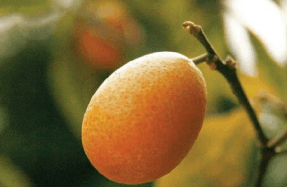The attraction equation

Of all the mysteries science has attempted to unravel, among the most complex is what makes one person attractive to another. There are layers of evolutionary and environmental factors that influence what draws you to another person, so let’s dive in and start peeling back those layers, as we uncover the elements that add up to attraction.
Beauty in the eye
If you are into photography, graphic design or filmmaking you will certainly have heard of the “rule of thirds” and probably also of the “golden ratio”. Whether the golden ratio being present is what makes a face attractive is open to interpretation because it all depends on where you start your measuring, but what has been found is that there are definite facial ratios that we do find appealing.
For instance, what we regard as attractive in a face relates to the distance between eyes and mouth. Female Caucasian faces for example are judged as being beautiful when the vertical distance between the eyes and mouth is approximately 36 per cent of the face’s total length and the horizontal distance between the eyes is around 46 per cent of the face’s width. The interesting thing about these proportions is that they are also the average face proportions of the human face.
In addition
You’re reading a preview, subscribe to read more.
Start your free 30 days





